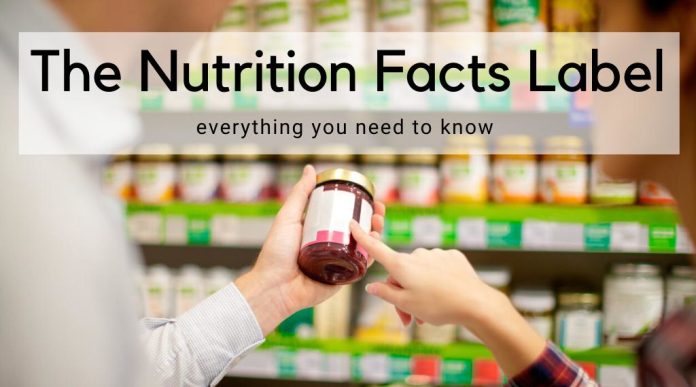The information on food labels is meant to educate people so they may make informed eating decisions. Information about the contents of the product and suggestions for choosing healthier processed foods can all be found on the front, back, and sides of a package.
This article will assist you in navigating the jargon and nutritional data on food packaging to make sure you understand what you’re purchasing. Here are some of the most commonly used food chemicals or specialty chemicals.
Vital Wheat Gluten
Vital Wheat Gluten is a protein that is created by soaking wheat grains in water and is then extracted from natural wheat flour. Many Asian dishes use vital wheat gluten, a non-animal protein replacement that is well-liked by vegetarians.
It is used to give low-gluten flours, including whole wheat flour, more flexibility. It enhances the final product’s texture and chewiness as well as the rise of the raw dough.
Pectin
Derived from fruits like citrus and apples, etc. A refined carbohydrate product is a pectin. Pectin is used as a thickening, stabilizer, gelling agent, and food emulsifier in the food processing industry. The majority of food processors favor it as a substitute for fat or sugar in low-calorie dishes.
Potato Starch
Potato starch is a finely textured, flour-like, gluten-free powder. It originates from the potato’s starchy part. Potato is utilized in meals as a thickening, much to arrowroot or cornflour. It is frequently combined with liquids in recipes, just like cornflour is.
One advantage of potato starch for those who avoid gluten is that it is inherently gluten-free.
Citric Acid
In acids, bacteria are unable to grow, and citric acid increases the acidity. Because of this, citric acid is used as a preservative. It is used in a variety of food products, including candies, jams, jellies, and confectionery. In meat items as well as in juices or beverages. Moreover, its powder form is used to create sour tastes.
Phosphoric Acid
The inorganic mineral phosphoric acid, commonly known as orthophosphoric acid, has the chemical formula H3PO4. It has no color or smell. As a food additive, it is also crucial to the food sector. Food grade also goes by the name of additive E338.
Among its applications in the food business are:
Soft drinks with carbonation: It is frequently added to carbonated beverages to give them a tangier and sharper flavor. Moreover, it aids in reducing the formation of bacteria and mold in sugar formula.
Jams: Jams may also contain food-grade phosphoric acid as an ingredient. It imparts a tart and sour flavor.
Dairy goods: To enhance the quality of a product, its salts are utilized to modify the protein and change the pH level of the product. It can be found in dairy products like cottage cheese, buttermilk, and milk.
Additives to food: Dicalcium phosphate, hexametaphosphate, sodium phosphate, and tricalcium phosphate are a few phosphoric acid-based food additives.
Beta Carotene
One of the red, orange, and yellow pigments known as carotenoids is beta carotene. One of the most widely used food colorings, it produces a vibrant orange color. Around half of the daily need for vitamin A is provided by beta-carotene and other carotenoids. It can be found in whole grains, fruits, and vegetables. Moreover, it can be created in a laboratory.

